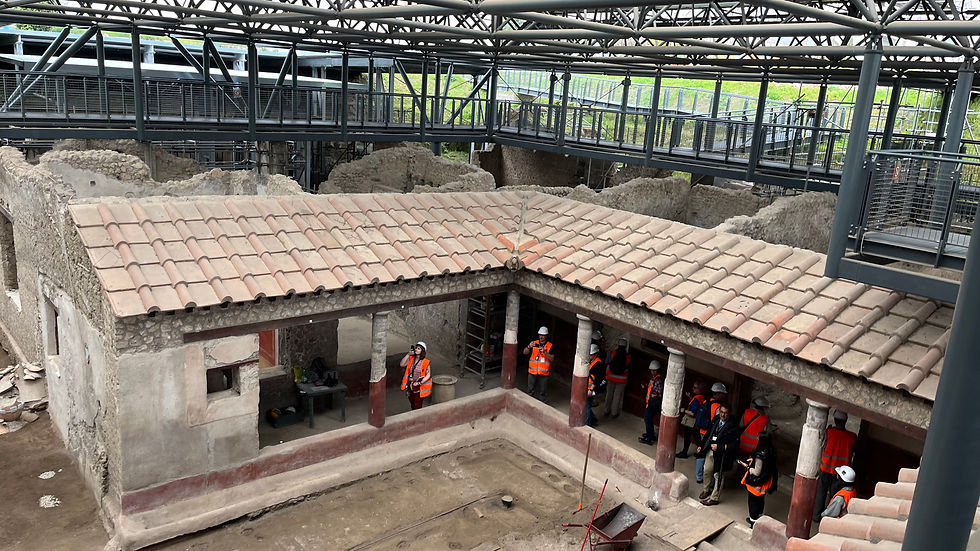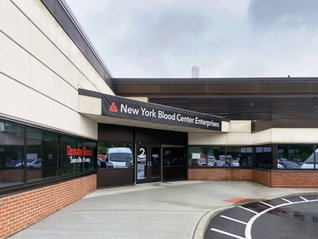Preserving the Past: Insights from Italy's Cultural Heritage Sites
- Ciro Cuono
- May 7
- 2 min read
Updated: Jul 25
by Ciro Cuono, PE

I recently had the pleasure to participate in a remarkable trip to Italy. The event was organized by the APT (Association for Preservation Technology) in collaboration with AssoRestauro. About 50 professionals attended, including architects, engineers, preservationists, and material specialists. Our journey took us to iconic sites in Rome, Naples, Pompeii, and Ostia Antica. We met with our Italian counterparts who are working diligently to preserve some of Italy's finest cultural heritage sites.
Italy boasts the most UNESCO (United Nations Educational, Scientific and Cultural Organization) sites in the world, along with numerous active archaeological sites. This makes it a hub for architectural and engineering preservation, or restauro.
Exclusive Access to Pompeii
Our group enjoyed exclusive access to a section of Pompeii. This area is not yet open to the general public, but it has been excavated within recent years.

Before the eruption of Mt. Vesuvius in A.D. 79, frequent seismic activity had already damaged some buildings in Pompeii. During our visit, the archaeological team revealed a structure that was damaged and undergoing repairs—essentially, a job site preserved in time. The excavation site contained materials and tools that date back to that period.
The team uncovered a pile of sand and lime, ready for mixing mortar. They also found rubble from the earthquake, new roof tiles for installation, and some damaged roof tiles being ground up for reuse. The Romans exemplified resourcefulness by recycling materials, a timeless lesson for modern sustainability efforts.
The Connection to Our Past
It was an honor to be part of this enlightening trip. Personally, my choice to become a structural engineer stems from the incredible ways Roman cities were built. Witnessing a preserved construction site in Pompeii bridged the gap between our group and the Romans from 2,000 years ago.
The experiences and scenes we witnessed reminded us that many elements of construction remain unchanged. Workers today still move materials, mix mortar, and repair old walls, much like their ancient counterparts. This trip inspired us all to champion the preservation of our cultural history.
My heartfelt thanks go to APT and AssoRestauro for offering such a unique and transformative opportunity.
Ciro Cuono, PE, is the founder and Principal of Cuono Engineering, a structural engineering firm serving the NY, CT, and NJ area and beyond. With over 25 years of experience in the structural design of various building types, Ciro's passion lies in the renovation, restoration, and preservation of historic buildings and structures. He currently teaches a graduate class on Structural Renovations to Existing Historic Buildings at Manhattan University and has been featured in various industry publications and conferences for his innovative work.











































Comments